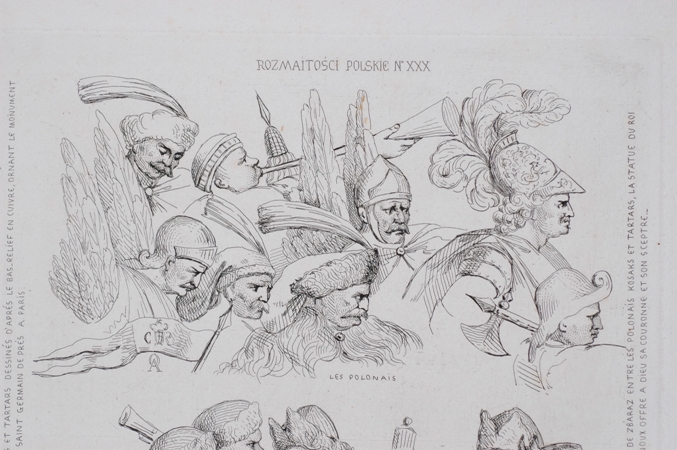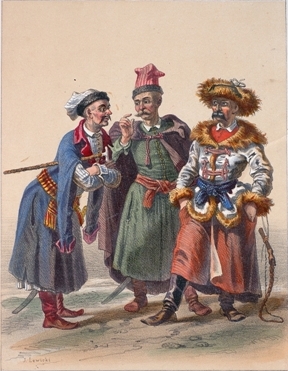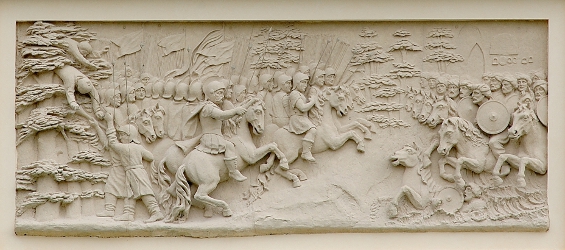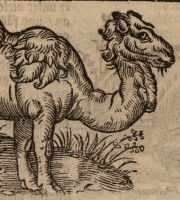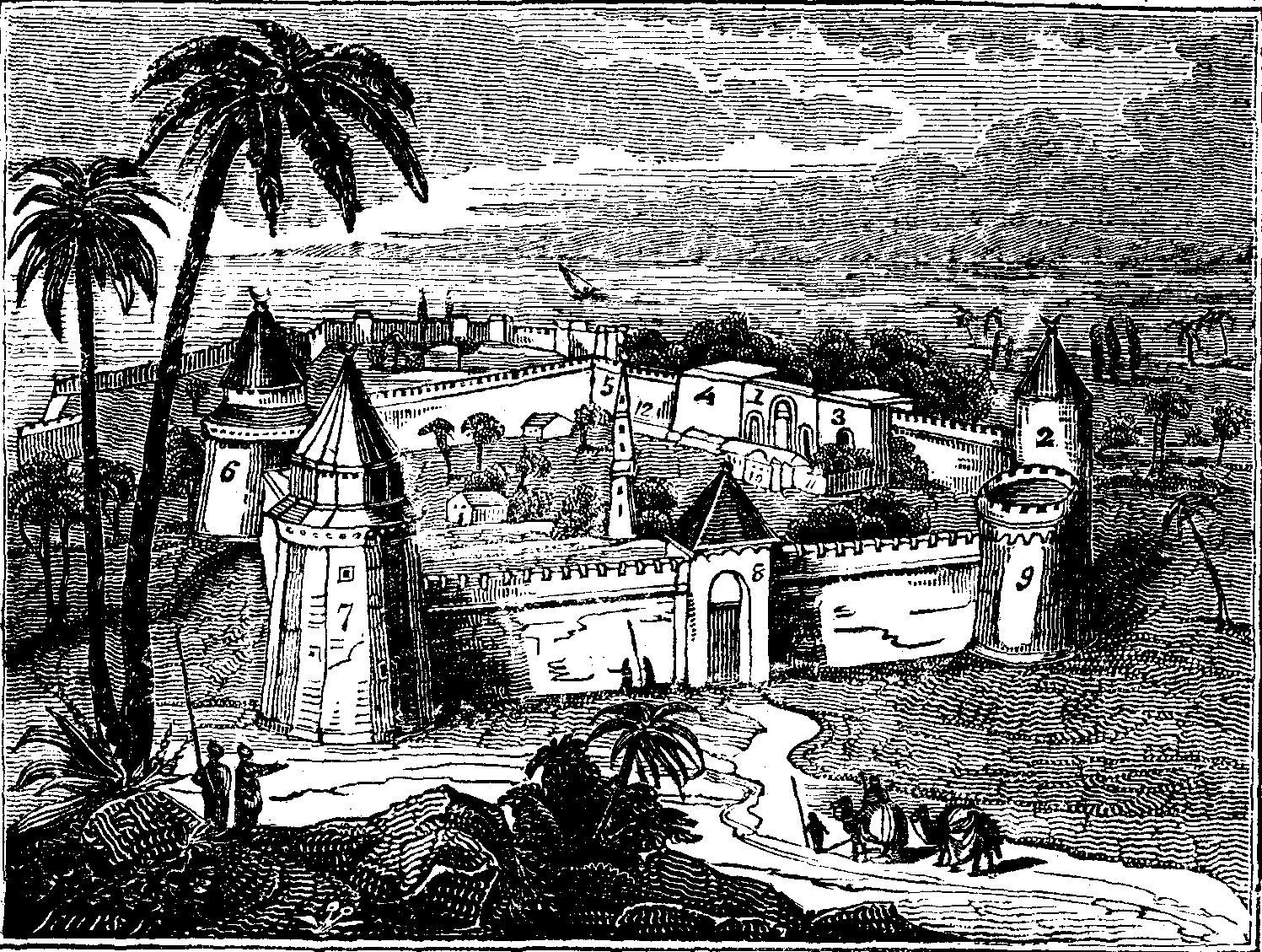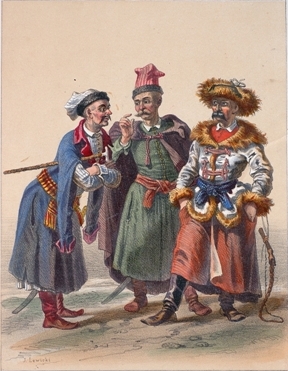For hundreds of years the sword has been considered a typical Polish weapon, whereas it arrived here from the East with the invaders: the Tatars and Turks, and due to the Hungarian peaceful influences. During the reign of Louis of Hungary, Władysław of Varna and finally Stephen Báthory on the Polish throne, the sabre became the most important Polish arms for the infantry and Hussars. As it was much lighter, the sabre replaced the medieval Polish knights’ sword. Swords were effective in confrontation with an enemy in armour. When firearms began to be widely used, armoured knights became useless – the armour did not protect against gunshots. So it was replaced with the light cuirasses (the Hussars) and chain mail shirts (in armoured divisions), which protected only from the blows of edged weapons.
In the 17th century, the types of sabre developed which were specific only to the Commonwealth: batorówka, zygmuntówka, black sabre, Armenian sabre or karabela. In addition, Hungarian, and sometimes Eastern sabres were commonly used, as well as West-European weapons. The age of a sabre can be determined based on the style of ornamentation, the age of ricasso (not younger than the hilt binding) and the general shape and type. An important means for dating and classification of weapons is also the period painting.
In the Commonwealth, the sabre became a symbol of membership of the nobility and an integral part of the outfit. The wealthy nobles, besides their fighting sabres, also had costume sabres, richly decorated and carved, which they wore every day. Despite their impressive appearance, they also were perfectly fit for fighting. In general, Poles did not part with their sabres, because, as it was said: Without God, do not even approach the threshold, without the karabela do not get out of bed.
